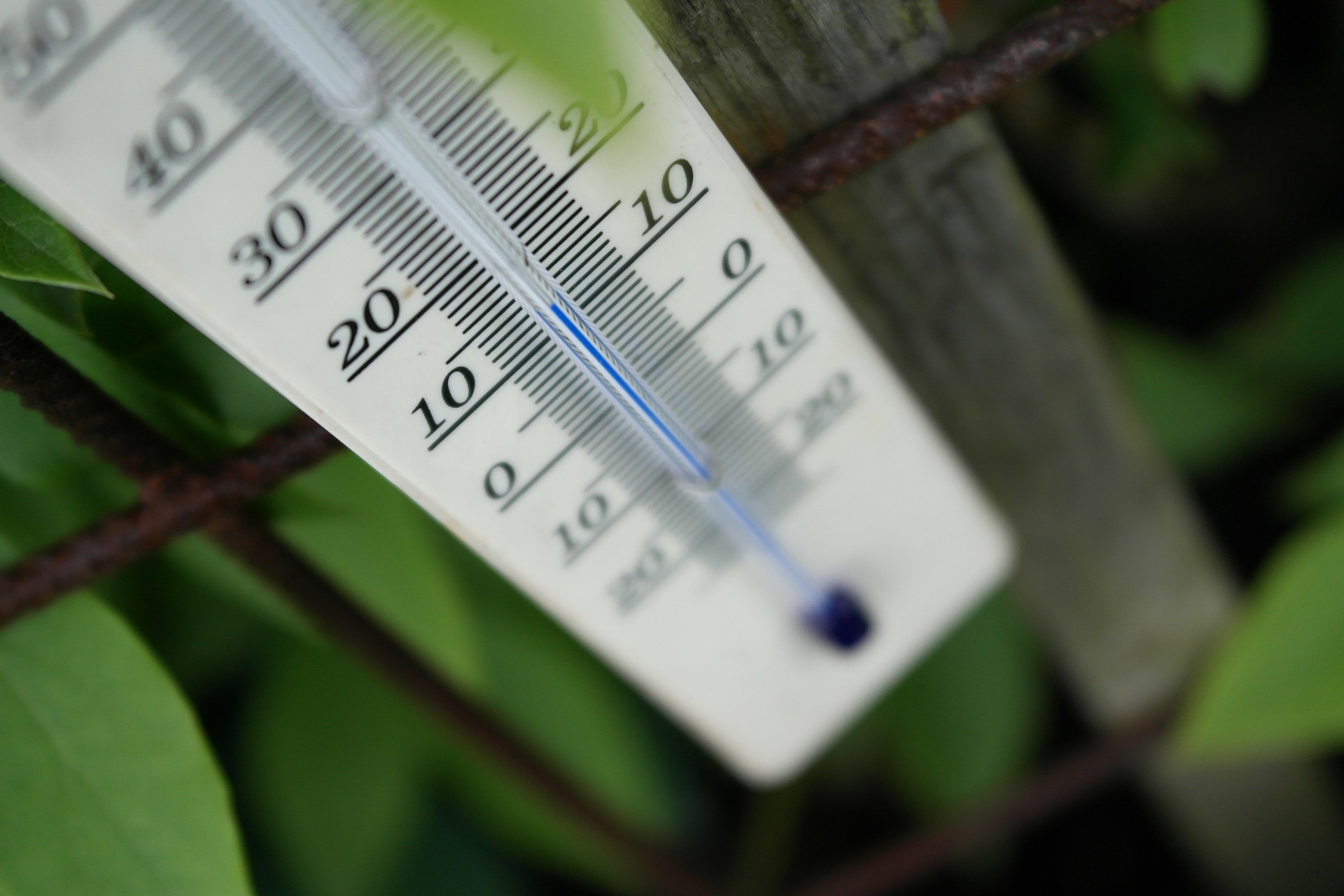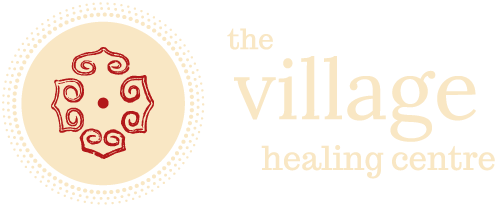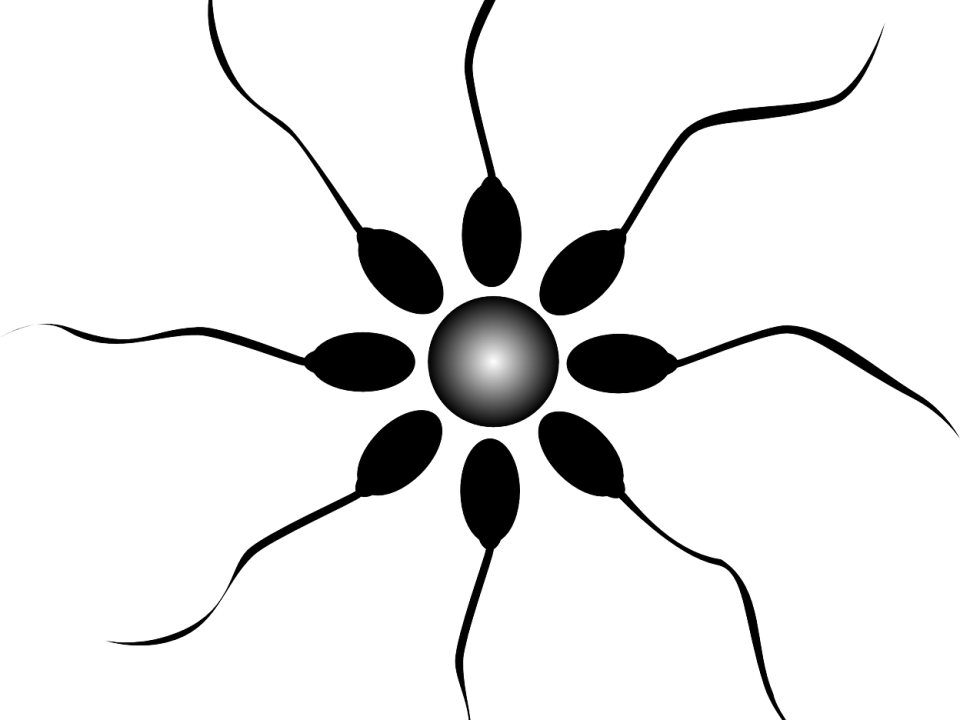Charting your BBT for fertility

If you’ve been reading fertility books and websites then you’ve probably come across the idea of charting your Basal Body Temperature (BBT).
How to chart
This simple procedure is really helpful when you’re aiming to conceive. Over the years of working with people who are trying to conceive, I’ve picked up a few tips and tidbits and am happy to share them here so that charting can work for you too.
Here’s how it’s done:
1. Get a BBT thermometer from the pharmacy. Special BBT thermometers, sometimes called “ovulation thermometers,” are more sensitive than the usual kind that are used to detect fever. Try to use the same thermometer each reading, or if you do change then note this on your chart in case there’s a slight variation.
2. Get a chart to record your daily temperatures. There are apps or websites that will help you predict ovulation dates – read the privacy policy carefully to see how your sensitive information is protected (or not!). Other women opt for good old pen and paper versions. If you search online for “BBT chart celcius” then you’ll find plenty of options to choose from. The main thing is it’s got to work for you – if it’s something you can do quickly and easily every day, then great. If you keep forgetting to record your temps because your device is in the other room then please just keep pen and paper by the bed, and enter the numbers later. By the way, I love the charts with lots of room to record all kinds of other events and signs, especially cervical mucus. Please do make a note if you’ve had a couple of drinks or catch a cold – you will often see how these events show up in your chart, so if it’s written down you won’t need to scratch your head trying to figure out why your readings are irregular.
3. Take your temperature at roughly the same time every day, as soon as you wake up. The idea is that when you start moving, you generate heat. It’s then impossible to know what your baseline body temperature is. So before you get up to shower or go to the loo or grab a drink of water, quickly pop the thermometer in your mouth, get your reading, write it down and then start your day. Remember that you’ll need a bit of light to read the thermometer and your chart, so you may need a bedside lamp. Finally, read the instructions for your thermometer – it should show you where the “heat pocket” is for oral temperatures – under the tongue, all the way up the back next to your back molars. If you don’t have it all the way in the heat pocket then you might get inconsistent readings.
4. Remember to do this every day. Before you slap the alarm clock and leap out of bed, remember your temps! You might find an innovative way to do this, like setting your bedside lamp with a timer switch or putting a note on your alarm clock. I love memory tricks that the ancient Greeks used to help them remember hours and hours of speeches. Try this one: Close your eyes… relax… visualise yourself sleeping in your bed… you hear the alarm and you open your eyes to look at it… you see your thermometer and chart dancing the tango on top of it!!! Do this little visualisation every night just before you go to sleep. Why the tango?!? Well, you can choose a different dance if you like – but if you incorporate movement and novelty into your visualisation then it’s more likely to work.
5. Don’t worry about it when you’re travelling. Or if the in-laws come to stay, or you’ve got a big project on at work and are doing late nights… By all means, keep charting. But big changes to your routine can really impact both your ability to take consistent readings and also the readings themselves. If you do keep charting please note these factors and take the readings with a grain of salt. International travel especially makes charting very difficult, with time zone changes and so on. Just do your best. Charting is something you do for you, and no-one else. So do what works for you.
I’m sharing these little tips because it’s amazing how little obstacles can really disturb the process and lead to frustrations with charting. The idea is to make it as hassle-free as possible. As you’ll see below, charting is a big step to take and some women will resist it for various reasons. By removing small obstacles and annoyances, you’re increasing your chances of charting success.
Why to chart
If you’re also seeing a Western medicine practitioner (eg gynaecologist, fertility doctor) then they may have already asked you to chart. Among other things, you can see when you are likely to have ovulated and it can then help for scheduling tests etc.
In Chinese medicine, we use the chart like we do body symptoms, period signs and pulse movements – it is another layer of information that we can weave into our diagnosis. Chinese medicine diagnosis is an organic, dynamic process. You are always changing so the “patterns” of energy in your body are changing too. As Chinese medicine practitioners, it is our job to read and understand those patterns, aiming to help the body to flow well and remove impediments so it can perform all of those amazingly complicated processes that are driven by the body’s own intricate, sublime intelligence.
When you bring in your chart, we can interpret Chinese medicine principles from it like the status of your Yin and Yang, the impact of stress, whether there is stickiness or weakness, Heat or Cold. The chart is something that you can be taught how to interpret, bringing a feeling of wisdom and knowledge to your fertility journey. It can be a very empowering experience and can really give you a sense of control, like you are riding the horse with the reins in your own hands again.
What I love most of all is that women can see how changes they are making may be helping them by watching their charts improve over time. Fertility treatment can be a long, hard road. Because each cycle takes a month, it’s a long time to wait to see if “maybe this is the one”. If you don’t have a connection with the fluidity and responsiveness of your body by seeing the movements on your chart, then it’s easy to fall into the trap of seeing “success” in ultimate, black-and-white terms. That is, whether or not this month is the one for a positive reading.
So by following your progress on your chart, you can see that your body is in fact becoming healthier. As your chart starts to resemble those “textbook” pictures, you can really gain a lot of comfort that you’re doing yourself a great favour by putting in the work now to heal, repair, restore and nourish your body systems. We are always looking to improve wellbeing and long-term health alongside addressing symptoms.
Why women don’t chart
You might be reading this because you just cannot get started. For some reason, every little thing gets in the way of you charting. Or you started and did it diligently for a while, then haphazardly, then lost interest as you couldn’t see the point any longer. Maybe you are worried that it will show up something terrible, and you may then need to submit to a battery of tests and investigations, and so it feels better not to know. For other women, charting can feel too intrusive, too clinical, too mechanical, not at all romantic. You might feel like you have just started out on your fertility journey and are in the “let’s see what happens” stage. Or maybe you’ve been charting for too long and you just want a break.
That’s fine.
If you are looking to Chinese medicine to support you while you are trying to conceive, a chart can be great. It can help your practitioner to fine-tune your treatment, and it can help you to feel empowered and motivated.
But the beauty of Chinese medicine is that we rely on naturalistic observation – what we can see, hear, touch. Modern sources of information like XRays, blood tests and temperature readings are great as they provide more layers of information, but if we don’t have them then we can still give you excellent care.
This is all about you. What works for you, is comfortable for you, and gives you what you need. Your treatment plan is all about you, what you’re looking for and what fits in with your lifestyle, budget and availability. You can go as intensively or as lightly as you wish, and vary this as often as you need.
If you’d like more information about charting or are interested in whether Chinese medicine treatment is appropriate for you, then please don’t hesitate to
- give us a call on (02) 9938 2182
- request a 15-minute, no-obligation Free Consultation with one of our practitioners
- request a booking if you’d like to start right away



